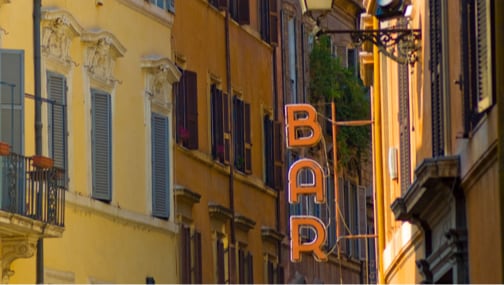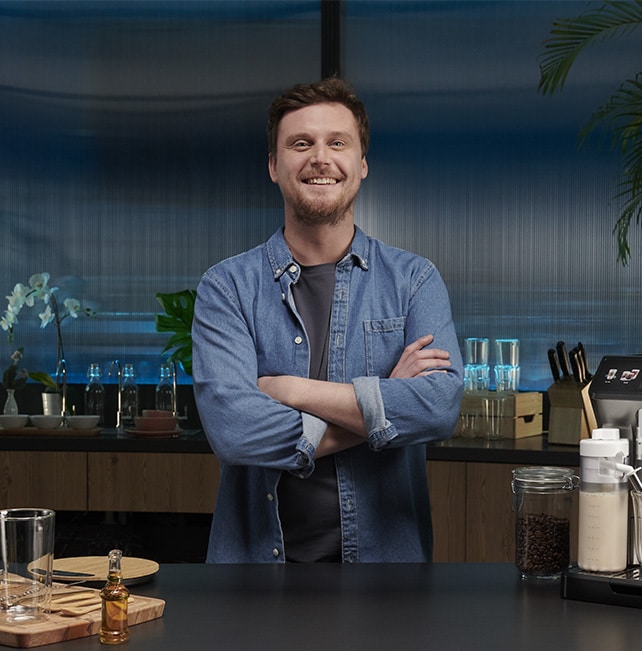
Trends & Lifestyle
Coffee is universal, and tends to have its own distinctive culture and authenticity in each country. Europe is no exception to this phenomenon. There is even a ‘coffee tourism’ sector nowadays.
Europe imports the largest volumes of green coffee after North America -a sure sign that consumption is booming in all four corners of the continent, with the coffee culture here as varied as it is ingrained in everyday life.
New consumption habits are emerging as the world of the speciality coffee grows, supported by the advent of coffee lounges and local micro-roasteries. These trends are really shaking things up even beyond the typically cultural aspects, and have given rise to a new way of life that demonstrates a sensitivity to the issues of sustainable development, healthy products and fairness. They have also created a new form of tourism in the form of ‘coffee tours’.
The ristretto culture here is simply impossible to ignore, having gained itself something of an international reputation. The link between coffee and Italy is unbreakable and has become even stronger over the past century.
What role did the Italian Empire of Ethiopia play in this relationship with coffee in the late 1930s? During this period, a number of major innovations driven by various Italian engineers would change the way in which coffee was extracted, whilst the birth of the espresso would revolutionise the way in which it was consumed.
From inventions to improvements, the Italian expertise when it came to manufacturing traditional coffee machines became an industry in itself, in which dozens of companies operated, so much so that there is even a museum dedicated to them—the MUMAC in Milan.
This transition to specialty coffee has certainly been a long time coming. Indeed, it was difficult for the pioneers in the field, led by Francesco Sanapo (founder of Ditta Artigianale in Florence), to get others to adopt this view. It was never going to be easy, but these young artisans built on this espresso culture. The case of Rubens Gardelli (based in Forli, near Ravenna), who became world roasting champion in 2017, is a prime example, and it is this interesting adaptation between tradition and innovation that makes Italy such a key coffee destination.
London has long been the city of specialty coffee, as spectacularly demonstrated by the long-established London Coffee Festival, which attracts both professionals and amateurs alike. The idea of bringing enthusiasts together has been emulated in multiple other locations, including Amsterdam, Berlin, Barcelona, Brussels, Kiev and Bucharest, with all the major European cities now hosting their own festival.
The craze has also spread to the eastern frontiers of Europe, where, driven by a coffee culture based on the flavours developed in the Ibrik (or Cezve), the younger generations have really embraced speciality coffee, and with great skill, too. In 2016, Alexandru Niculae was the first Romanian to make a name for himself by becoming the world roasting champion, followed 3 years later by the Russian Arseny Kuznetzov.
These examples have the added bonus of creating local communities that are prepared to really get involved and open roasteries, and this courage has spread across the local landscape, attracting international attention. The same phenomenon can be observed in Greece, which has been developing a talented and dynamic speciality coffee sector for a number of years now, represented by baristas who have made names for themselves with podium finishes in world competitions every year.







Testo vario
Join us
Policies
Support